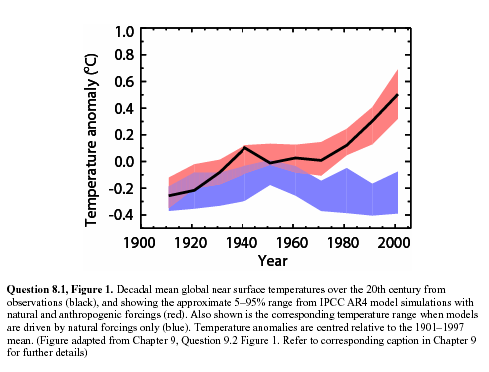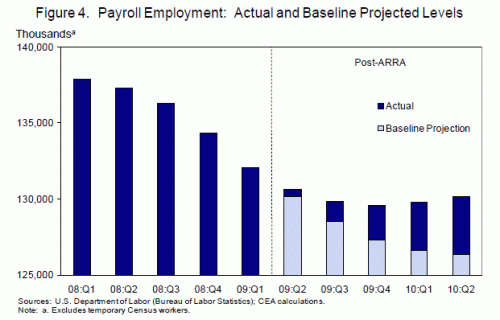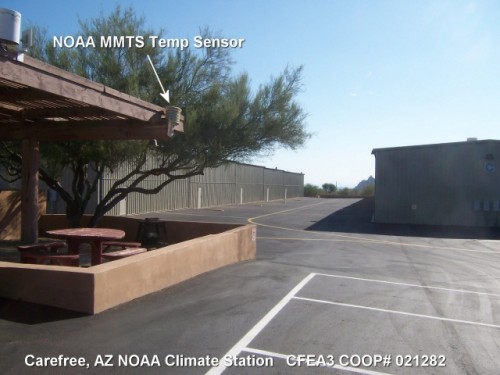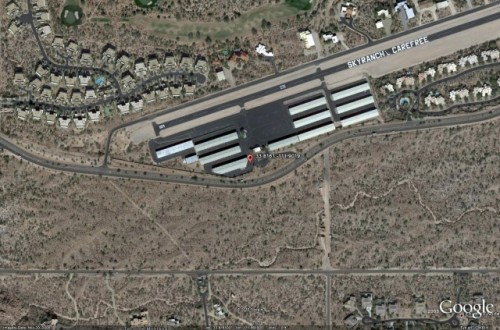In my Forbes column last week, I discuss the incredible similarity between the computer models that are used to justify the Obama stimulus and the climate models that form the basis for the proposition that manmade CO2 is causing most of the world’s warming.
The climate modeling approach is so similar to that used by the CEA to score the stimulus that there is even a climate equivalent to the multiplier found in macro-economic models. In climate models, small amounts of warming from man-made CO2 are multiplied many-fold to catastrophic levels by hypothetical positive feedbacks, in the same way that the first-order effects of government spending are multiplied in Keynesian economic models. In both cases, while these multipliers are the single most important drivers of the models’ results, they also tend to be the most controversial assumptions. In an odd parallel, you can find both stimulus and climate debates arguing whether their multiplier is above or below one.
How similar does this sound to climate science:
If macroeconometrics were a viable paradigm, we would have seen major efforts to try to bring this sort of model up to date from its 1975 time warp. However, for reasons I have documented, the profession has decided that this macroeconometric project was a blind alley. Nobody bothered to bring these models up to date, because that would be like trying to bring astrology up to date.
This, from Arnold Kling about macroeconomic models could have been written just as well to describe the process for running climate models
Thirty-five years ago, I was Blinder’s research assistant, doing these sorts of simulations on the Fed-MIT-Penn model for the Congressional Budget Office. I think they are still done the same way. See lecture 13. Here are some of the things that Blinder had to tell his new research assistant to do.1. Make sure that there were channels in the model for credit market conditions to affect consumption and investment.
2. Correct the model’s past forecast errors, so that it would track the actual behavior of the economy over the past two years exactly. With the appropriate “add factors” or correction factors, the model then produces a “baseline scenario” that matches history and then projects out to the future. For the future, a judgment call has to be made as to how rapidly the add factors should decay. That is mostly a matter of aesthetics.
3. Simulate the model without the fiscal stimulus. This will result in the model’s standard multiplier analysis.
4. Make up an alternative path for what you think would have happened in credit markets without TARP and other extraordinary measures. For example, you might assume that mortgage interest rates would have been one percentage point higher than they actually were.
5. Simulate the model with this alternative scenario for credit market conditions.
6. (4) and (5) together create a fictional scenario of how the economy would have performed had the government not taken steps to fight the crisis. According to the model, this fictional scenario would have been horrid, with unemployment around 15 percent.
In the case of climate, the equivalent fictional scenario would be the world without manmade CO2, but the process of tweaking input variables and assuming one’s conclusions is the same.




